Follow your instincts. Dare to fly. The sky is your playground. These are the taglines that accompanied the release of the DJI Avata FPV drone, and they were right on the money. Combining agility with toughness, the Avata gave drone pilots a true feeling of what it was like to fly, delivering unparalleled FPV visuals. Packed with a host of even better features and capabilities, the DJI Avata 2 promises to deliver a high-speed flying experience like never before. Read our blog now to see what makes this new drone a game-changer in the world of FPV drone flight.
KEY DJI AVATA 2 FEATURES
Immersive Flight Experience
From adrenaline-inducing flips to breathtaking aerial shots, the DJI Avata 2 offers an immersive flight experience like no other. With its intuitive motion control and easy ACRO capabilities, even novice pilots can effortlessly capture stunning footage with DJI’s latest FPV drone.
Tight Shots in Super-Wide 4K
Equipped with a super-wide 155° FOV (Field of View) camera and a 1/1.3-inch image sensor, the Avata 2 allows you to capture ultra-sharp 4K videos with incredible detail and clarity. Whether you're soaring through tight spaces or racing through wide-open landscapes, the Avata 2 ensures that every shot is nothing short of spectacular.
Advanced Manoeuvres
Unleash your creativity and push the limits of aerial FPV flight with the Avata 2's advanced manoeuvring capabilities. Perform jaw-dropping flips, rolls, and drifts with ease, thanks to the new DJI RC Motion 3 controller.
Immersion Reimagined
With its 4K/60fps HDR videos and RockSteady stabilisation technology, capture smooth and steady footage at high speeds or in windy conditions. Plus, with HorizonSteady, your shots will always remain locked on the horizon, no matter how daring your manoeuvres.
Comprehensive Safety
Safety is paramount when it comes to drone flying, and the DJI Avata 2 has you covered on all fronts. Its integrated propeller guard design ensures agility and manoeuvrability while providing added protection during flight. Plus, with features like automatic Return to Home (RTH) and Turtle Mode (the Avata 2 automatically flips itself back into takeoff position when upside down), you can fly with confidence knowing that your drone is equipped to handle unexpected situations.
Flight Time and Video Transmission
With a maximum flight time of 23 minutes and PD fast charging support, the Avata 2 ensures that you spend more time in the air and less time on the ground. DJI's O4 video transmission technology, you’ll enjoy enhanced stability and greater safety during flight, with up to 13 km of maximum video transmission distance.
Capture and Edit Seamlessly
With 46GB of internal storage and Wi-Fi connectivity, the DJI Avata 2 makes it easy to capture and edit your footage on the fly. And with the LightCut app, you can add stunning visual effects and overlays to your videos with just a tap, taking your aerial cinematography to the next level.
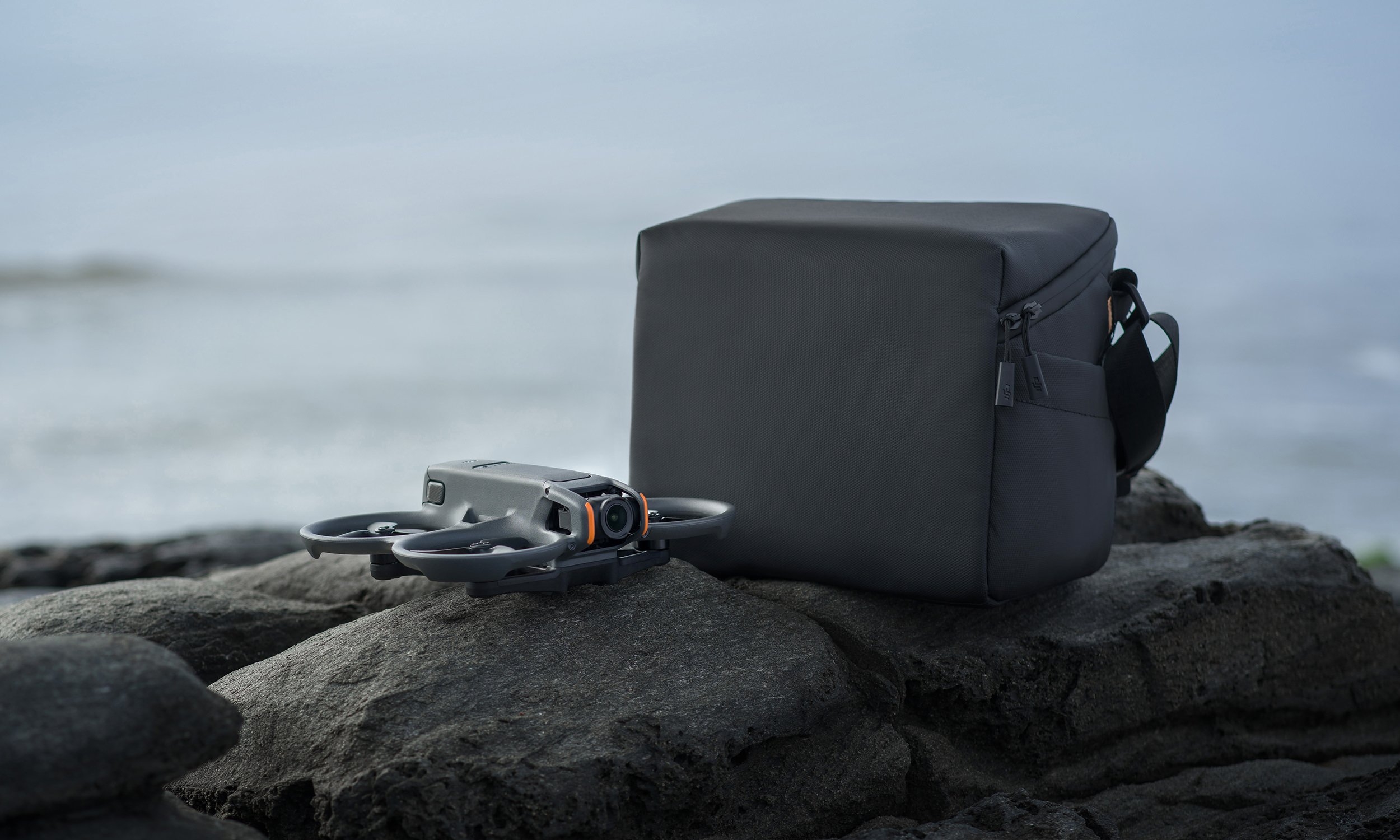
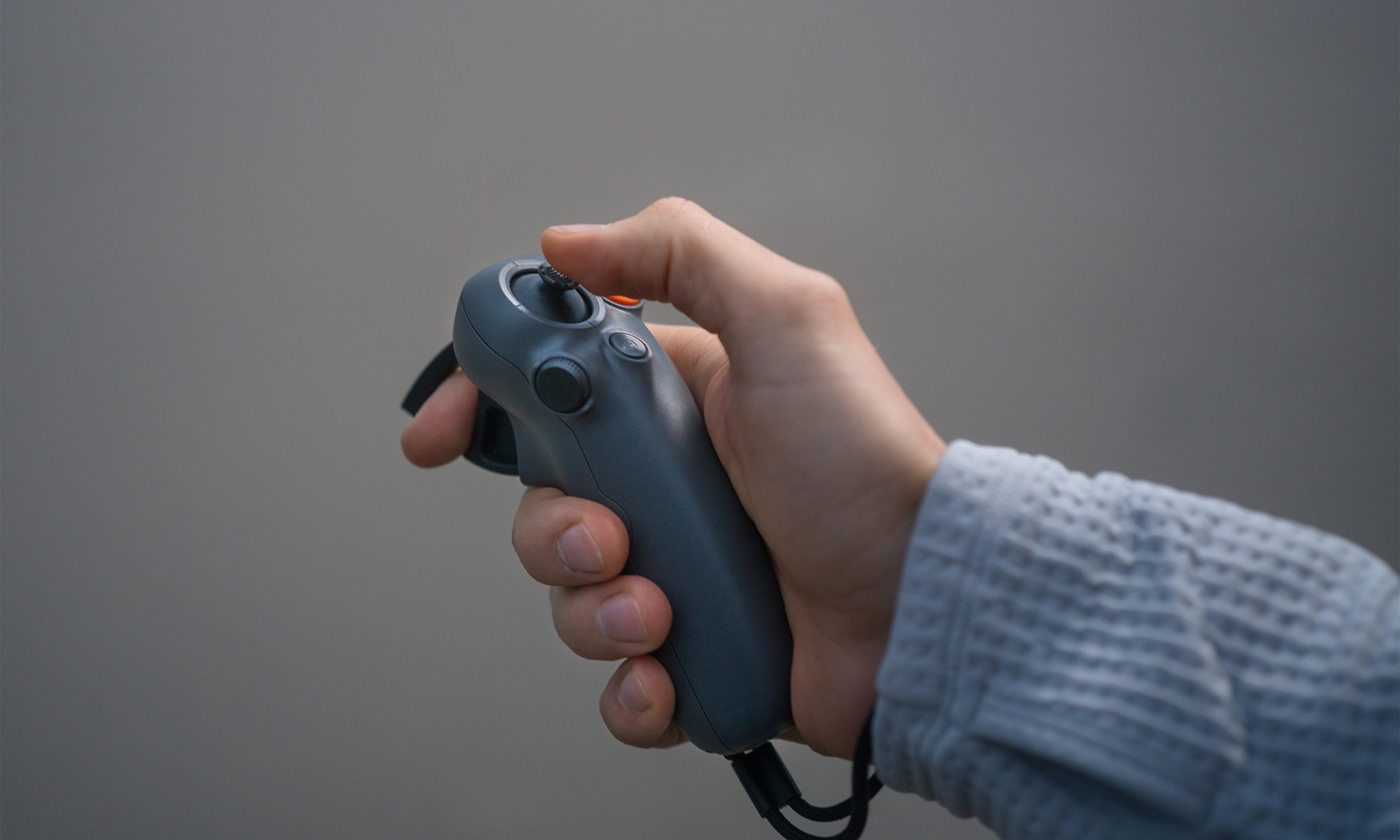
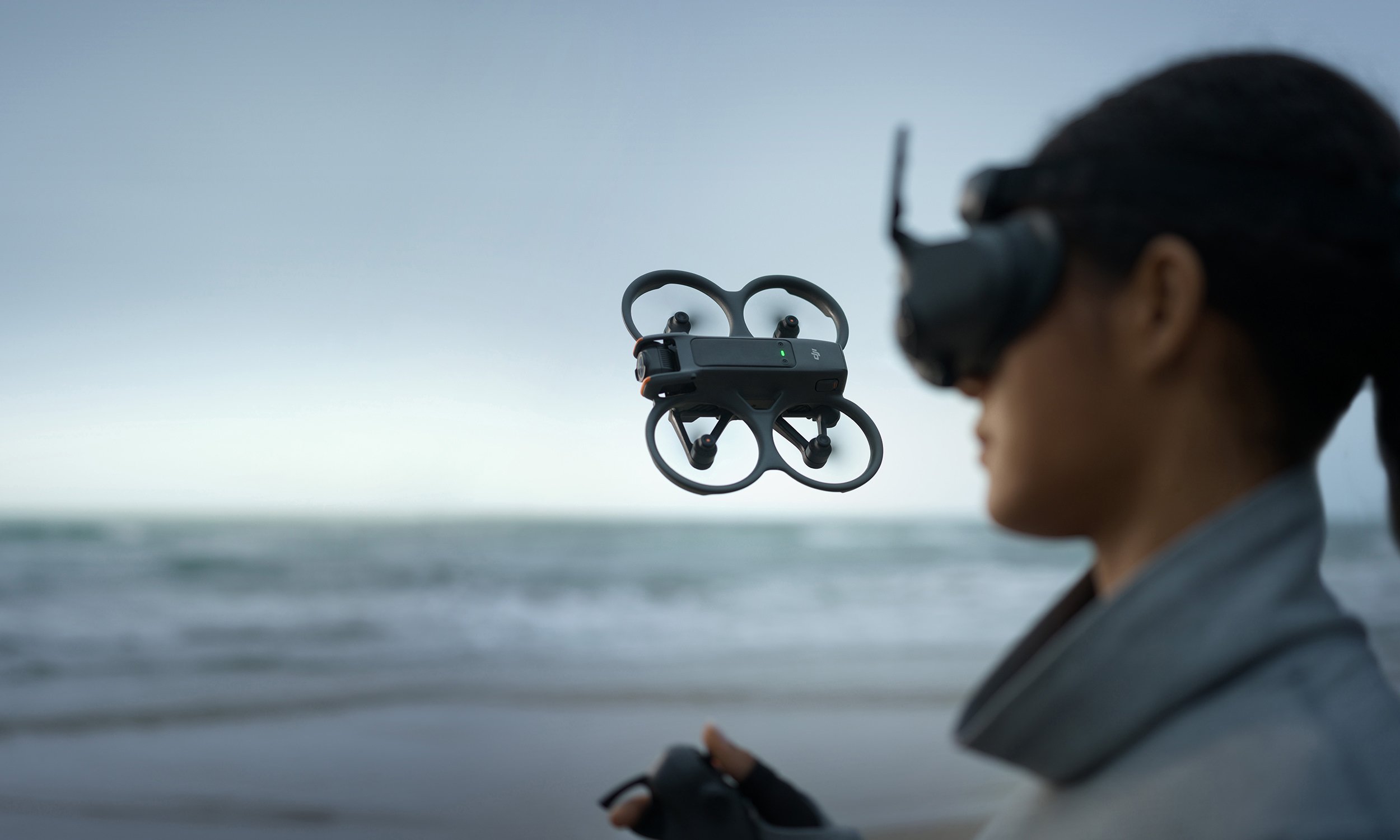
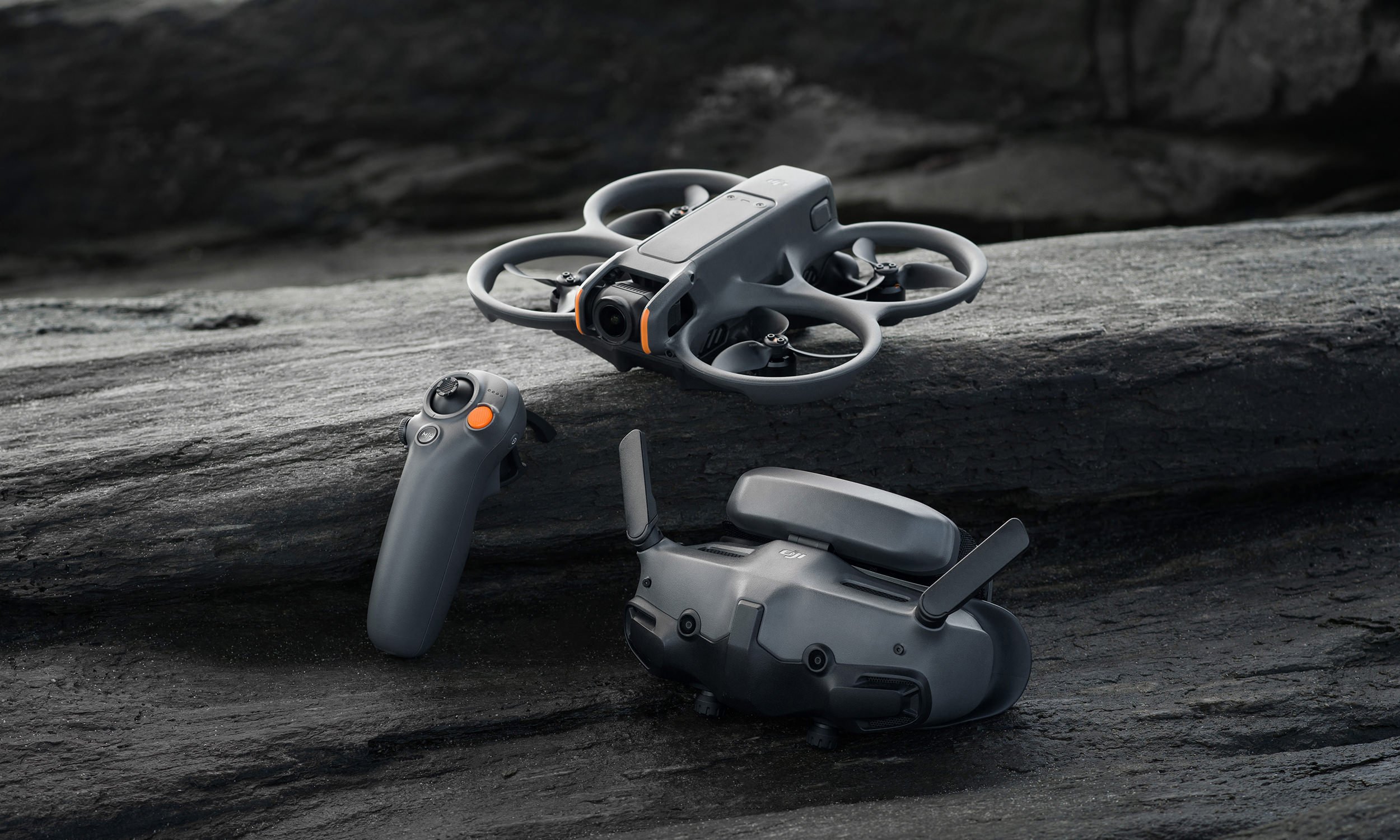
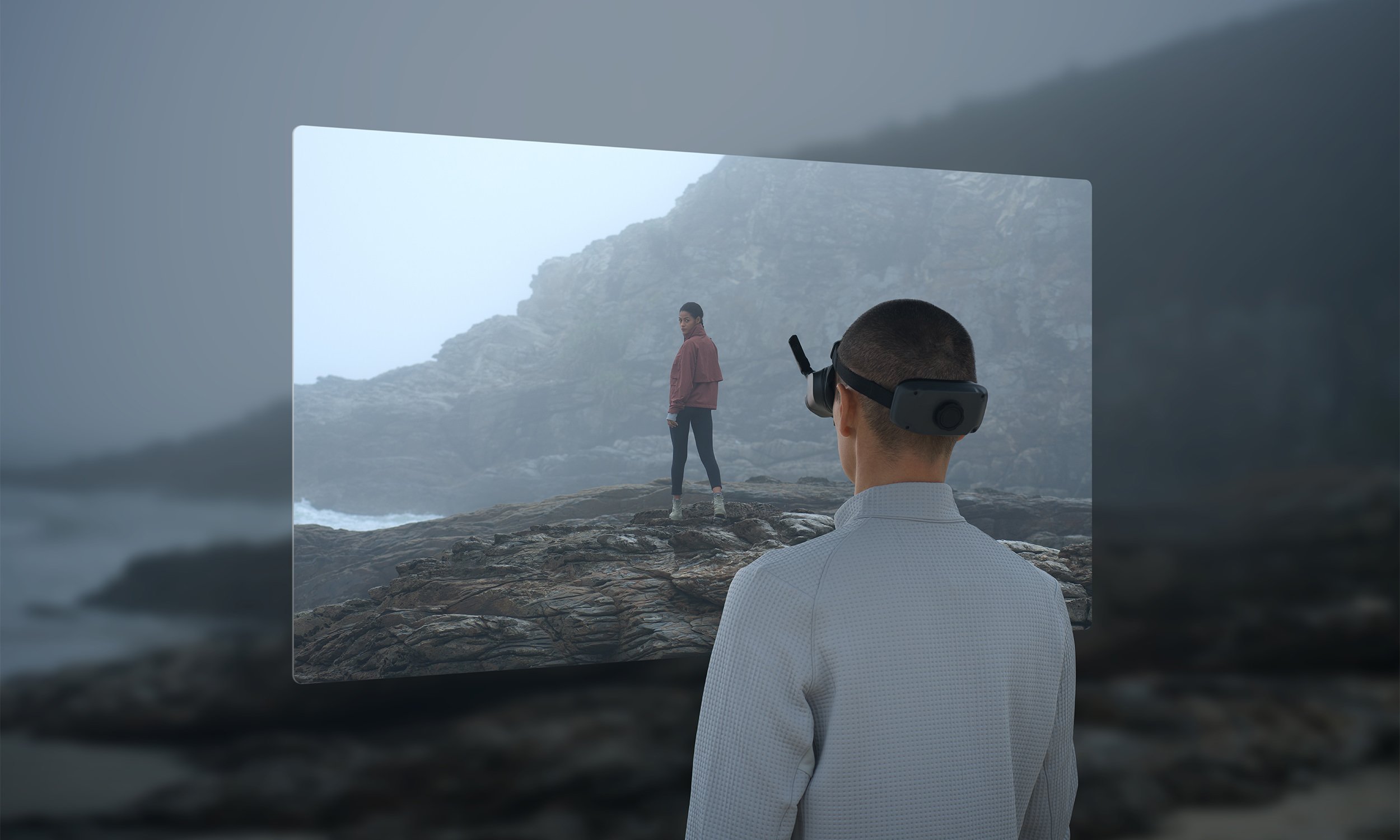
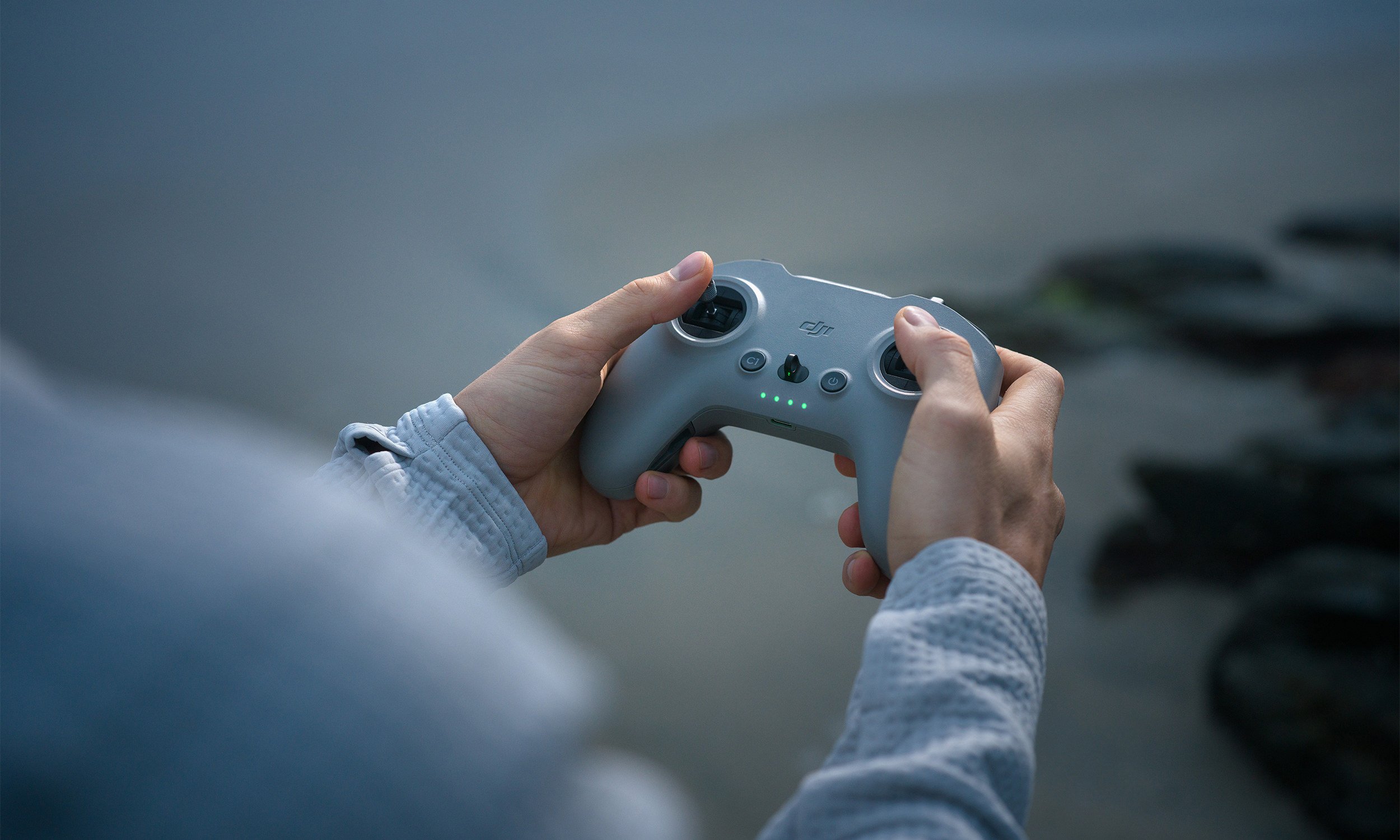
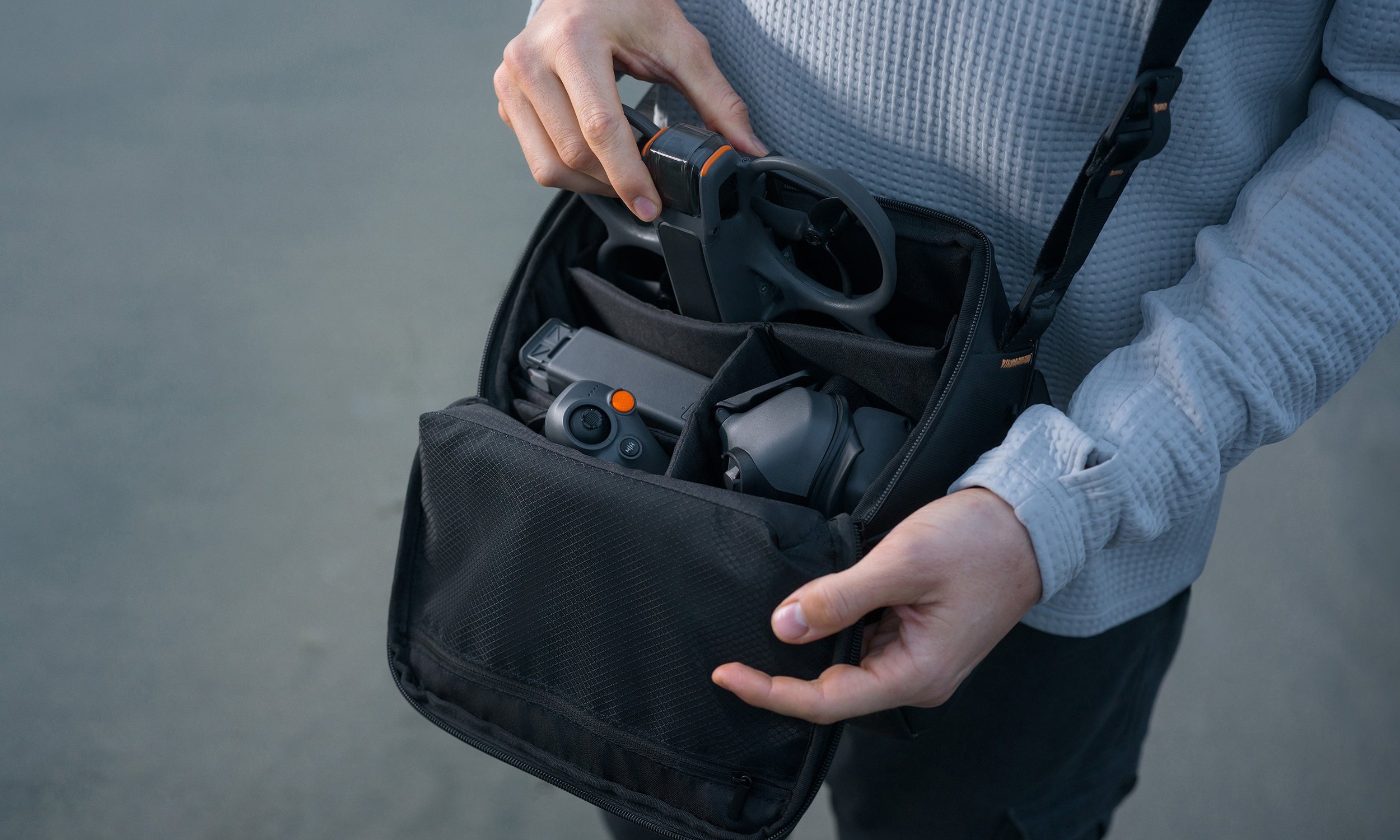
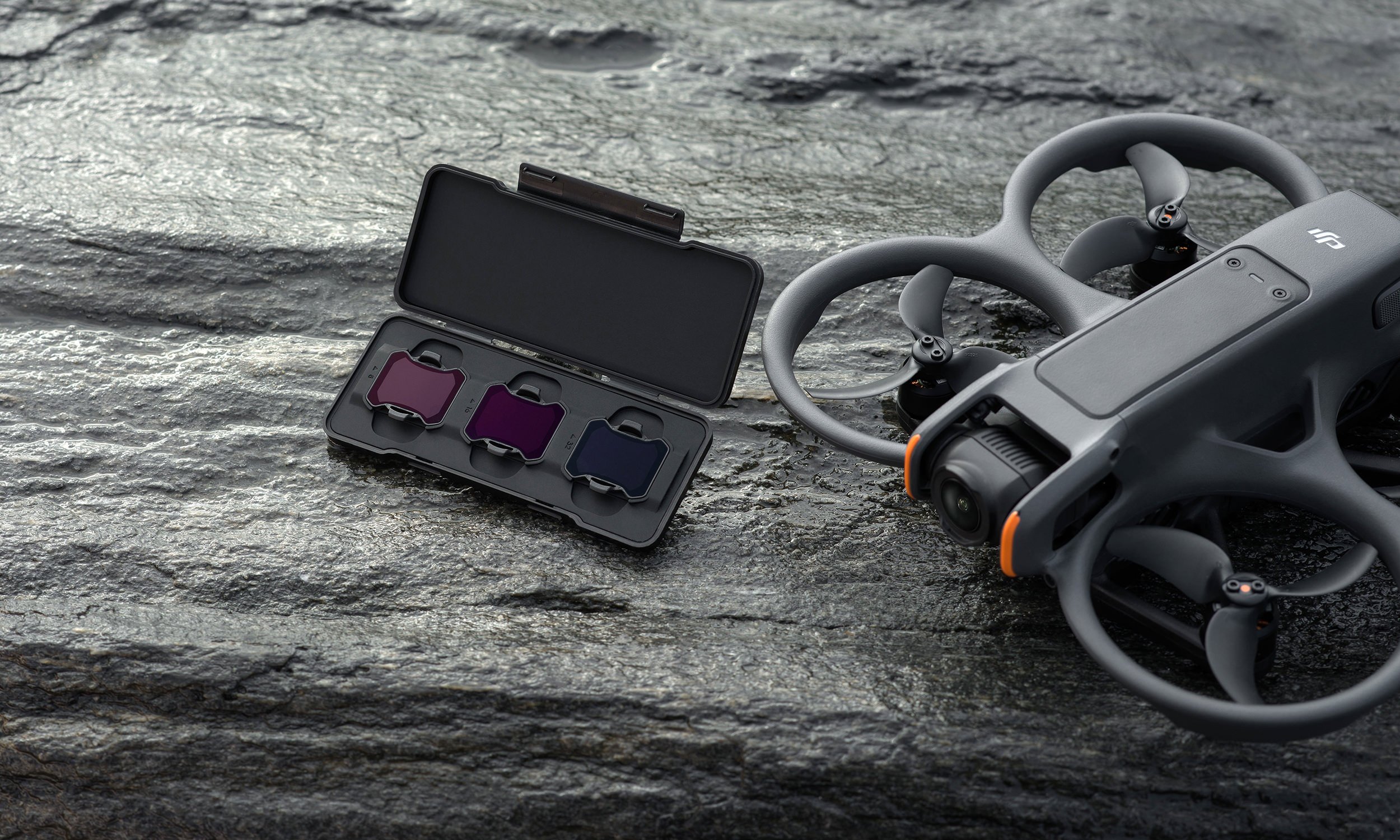
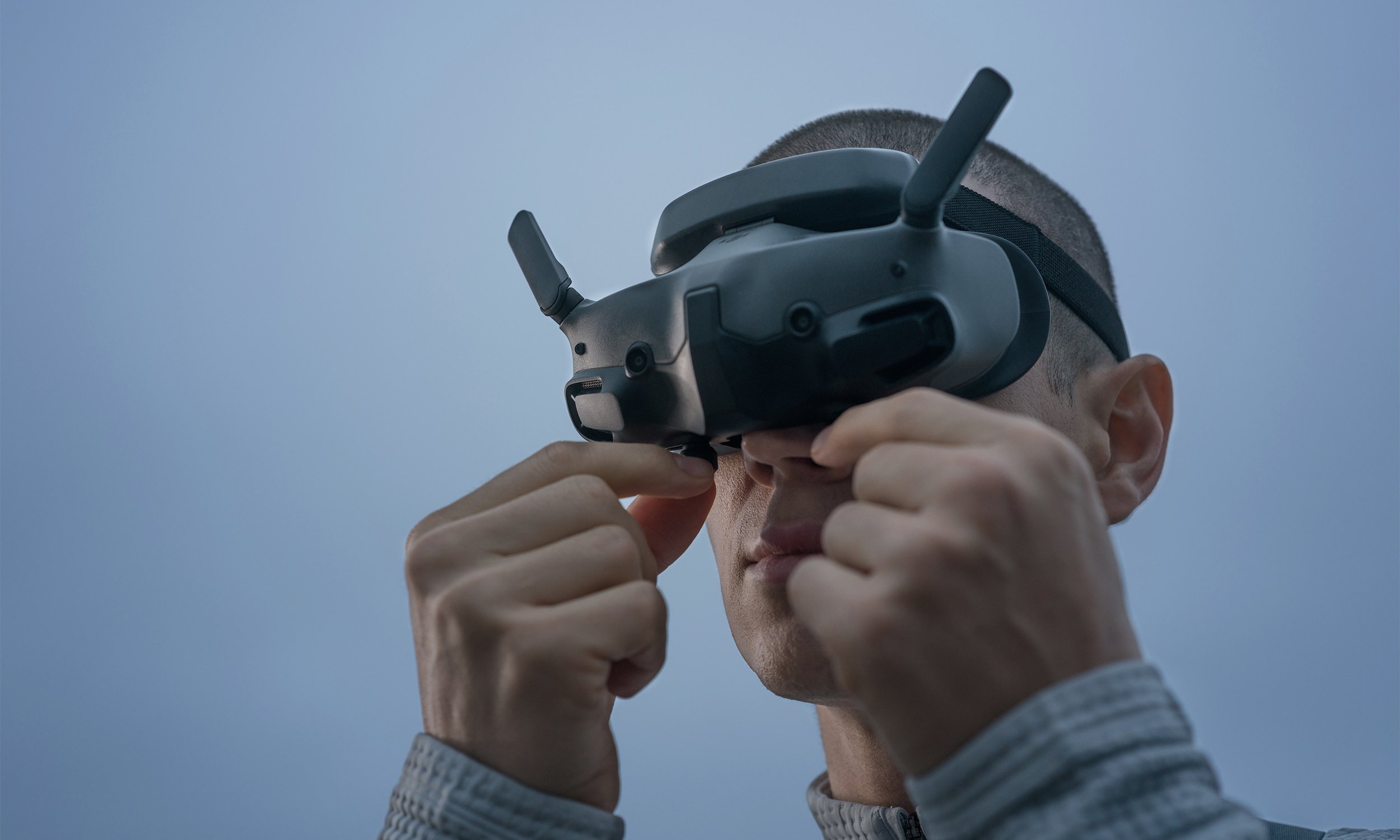
DRONE SPECIFICATIONS COMPARISON
Curious about how the Avata 2 stacks up against its predecessor and other popular DJI drones? Check out our handy comparison chart below:
| Function | Avata 2 | Avata | Mini 4 Pro | Air 3 |
|---|---|---|---|---|
| CMOS | 1/1.3 CMOS | 1/1.7 CMOS | 1/1.3 CMOS | 1/1.3 CMOS |
| Video | 4K / 60fps | 4K / 60fps | 4K / 60fps | 4K / 100fps |
| Effective Pixels | 48MP | 48MP | 48MP | 48MP |
| Colour Mode | D-Log M | D-Cinelike | D-Log M / HLG | D-Log M / HLG |
| Sensing Source | Downward and Backward | Downward | Omnidirectional | Omnidirectional |
| Max Signal Effective Distance | 13km | 11.6km | 20km | 20km |
| Battery Life | 23 min | 18 min | 45 min (Battery Plus) | 46 min |
| Charge Time | 45 min | 47 min | 70 min | 60 min |
| Max Take Off Altitude | 5000m | 5000m | 4000m | 6000m |
| Max Take Off & Landing Speed | 21.6km/h (Normal), 32.4km/h (Sport) | 21.6km/h (Normal & Sport) | 18km/h & 10.8km/h | 36km/h |
| Flight Speed | 28.8km/h (Normal), 57.6km/h (Sport), 97.2km/h (Manual) | 28.8km/h (Normal), 50.4km/h (Sport), 97.2km/h (Manual) | 57.6km/h | 75.6km/h |
Whether you're a seasoned professional or a first-time flyer, the DJI Avata 2 offers an unmatched combination of performance, innovation, and safety. With its advanced features and capabilities, the Avata 2 is sure to elevate your aerial adventures. Take flight with the DJI Avata 2 today and experience the thrill of FPV flying like never before.
Want to see the DJI Avata 2 in action and fly it before you buy it? Sign up now and join us at our upcoming DJI Avata 2 Experience Day!
Frequently Asked Questions
-
Compared to DJI Avata, what upgrades does DJI Avata 2 have?
DJI Avata 2 features comprehensive enhancements across various aspects, including flight noise, the visual perception system, imaging, video transmission, battery life, and smart functions. The specific improvements are:
1. The flight noise is significantly reduced to only 81 decibels, providing a gentler auditory experience.
2. Building upon the integrated propeller guard design, it has been upgraded with a binocular fisheye visual positioning system, which accommodates both downward and backward vision for more precise flight positioning.
3. Equipped with a new image processing platform and incorporating the latest video stabilization algorithms, it supports recording at 4K/60fps. 10-bit D-Log M color mode is optional to greatly enhance the dynamic range of the video.
4. Featuring the brand-new DJI O4 HD video transmission system, the max transmission distance reaches up to 13 km* with a max video bitrate of 60Mbps.
5. The max flight time extends to 23 minutes**, and the aircraft supports PD fast charging. The charging hub includes power accumulation, significantly alleviating battery concerns for users.
6. New Easy ACRO function that enhances the immersive flight experience with motion control.
* Measured in an unobstructed outdoor environment free of interference. The above data shows the farthest communication range for one-way, non-return flights under the FCC standard. Always pay attention to RTH reminders on the goggles screen during your flight.
** Measured when flying forward at a speed of 21.6 kph in a windless environment at sea level, with camera parameters set to 1080p/30fps, video mode off, and from 100% battery level until 0%. Data is for reference only. Always pay attention to reminders on the goggles' screen during your flight.
Compared to other consumer drones from DJI, what sets the DJI Avata 2 apart?
The DJI Avata 2 is an FPV (first-person view) drone that requires a DJI Goggles series product, a DJI RC Motion series product, or a DJI FPV Remote Controller product to operate. This immersive flight experience captures the fun of freely navigating the environment. DJI Avata 2 offers unique camera angles and an enjoyable, playful control experience, unlike other consumer drones.
The unique recording perspective: With its integrated propeller guard designed for safety, DJI Avata 2 can fly in low-altitude, indoor, and wooded areas or even under bridges and get incredibly close to subjects. These images and videos are from unique angles.
Fun control experience: When paired with DJI RC Motion 3, users can quickly learn to fly without complicated and extensive instructions. There is a beginner’s mode to ensure safety and an Easy ACRO function that adds to the flying fun. When used with DJI FPV Controller 3, users can fly in manual mode (M mode), giving them total freedom to soar through the skies.
What is the certification level of DJI Avata 2 in Europe?
C1, certified by the European Union Aviation Safety Agency (EASA).
Which goggles are compatible with DJI Avata 2?
DJI Goggles 3.
Which remote controllers are compatible with DJI Avata 2?
DJI RC Motion 3 and DJI FPV Remote Controller 3.
What storage options does DJI Avata 2 support?
DJI Avata 2 comes with 46 GB of internal storage and also supports SD cards.
Note: The write speed of the drone's built-in storage may decrease after prolonged use, which could potentially affect the shooting experience. Transfer data according to the prompts on the goggles screen, and then format the internal storage to ensure a seamless video recording experience for subsequent uses.
Does DJI Avata 2 support obstacle avoidance?
No.
In N mode (Normal mode) and S mode (Sport mode), DJI Avata 2 supports downward and backward visual positioning to enhance flight safety.
Can I use DJI Avata 2 without the goggles?
No.
What advanced controls does DJI Avata 2 support?
It supports M mode (Manual mode)* flying.
* Requires DJI FPV Remote Controller 3.
-
Compared to DJI Avata, what improvements have been made in the camera module of DJI Avata 2?
1. The light-sensitive area of the image sensor has been increased, which leads to higher sensitivity and significantly better imaging results, also making it more suitable for low-light shooting.
2. The dynamic range of the image sensor has been improved, making it more suitable for scenes with a high dynamic range.
3. EIS has been enhanced. When used with DJI RC Motion 3, RockSteady is enabled at normal shooting angles and video recording at frame rates up to 60fps, resulting in smoother and more stable footage.
4. It supports a 10-bit D-Log M color profile, providing users with more post-processing and video editing flexibility.
Does the DJI Avata 2 camera support electronic stabilization?
Yes, it offers three selectable modes: RockSteady, HorizonSteady, and Off.
* With stabilization turned off, footage captured with the wide-angle view supports Gyroflow offline stabilization .
The default electronic stabilization mode for Avata 2 out of the box is RockSteady. Users can adjust the settings via the Settings > Camera > EIS in the goggles menu.
Does DJI Avata 2 support Gyroflow for offline stabilization?
Yes.
Disable EIS in the DJI Goggles 3 menu and set the shooting to Wide. The footage captured will support Gyroflow offline stabilization.
How do I transfer files from DJI Avata 2 to a smartphone/computer?
Transferring files to a phone:
Avata 2 allows for Wi-Fi transfer to phones via the DJI Fly app, with download rates up to 30 MB/s*.
Power on the drone, open the DJI Fly app and use the QuickTransfer function by following the instructions.
Keep the drone and phone within 2 meters with no obstructions for the best transfer experience.
Transferring files to a computer:
Connect the drone to your computer with a USB cable without powering on Avata 2.
When using a memory card, insert the card directly into the computer.
* Measured in a laboratory environment with little interference in countries/regions that support both 2.4 GHz and 5.8 GHz. Download speeds may vary depending on the actual conditions.
-
Compared to the O3 video transmission of DJI Avata, what are the improvements of the O4 video transmission of DJI Avata 2?
1. It utilizes a new hardware solution. The aircraft antennas have upgraded from two (2T2R) to four (2T4R).
2. It includes a new frequency band, extending the maximum transmission distance of the high-definition live feed to 13 km*, with up to 60 MHz in communication bandwidth.
3. The maximum transmission bitrate has been increased to 60Mbps.
4. When paired with DJI Goggles 3, the latency is as low as 24 ms for 1080p/100fps live feeds and as low as 40 ms for 1080p/60fps live feeds.
Measured in an unobstructed outdoor environment free of interference. The above data shows the farthest communication range for one-way, non-return flights under FCC standards and is for reference only. Always pay attention to RTH reminders on the goggles screen during your flight.
How do I share the live feeds of DJI Avata 2 during a flight? Are there any limitations on the number of devices?
There are three ways to share the live feeds.
1. Wi-Fi wireless sharing*: You can enable screen sharing from the DJI Goggles 3 to a mobile phone via Wi-Fi in the goggles' menu. A mobile device can be connected to the Goggles 3 via Wi-Fi, and the DJI Fly app on the device will display the live feed of the drone. The wireless sharing supports connection to only one mobile device.
2. Wired sharing: You can connect a mobile device to DJI Goggles 3 using a data cable and an OTG adapter cable. The DJI Fly app on the connected mobile device will then display the live feed of the drone. Wired sharing also supports only one mobile device.
3. Audience mode: You can enable the broadcast function in the DJI Goggles 3 menu, allowing multiple DJI Goggles 3 to tune into the broadcast channel. This outputs live feeds in multiple channels. There is no upper limit to the number of DJI Goggles 3 that can connect in Audience mode.
Note: Whether it is the goggles or a mobile device, only one type of connection is supported at a time.
* Some countries and regions prohibit the use of the 5.1GHz or 5.8GHz frequency band, or both. In some countries and regions, the 5.1GHz frequency is only allowed for indoor use. If the 5.1/5.8GHz frequency band is unavailable (such as in Japan), screen sharing to a smartphone via Wi-Fi is unavailable. A wired connection is recommended to achieve screen sharing. Before flying, make sure to check and comply with local regulations.
-
Does DJI Avata 2 support auto Return to Home (RTH)?
Yes, it supports Smart RTH, Low Battery RTH, and Failsafe RTH.
Does DJI Avata 2 support Turtle mode?
Yes.
Does DJI Avata 2 support indoor flying?
Yes.
-
Does DJI Avata 2 support Find My Drone?
Yes. In the goggles menu, go to Settings > Safety > Find My Drone, and you can view the video from the 30 seconds before the drone was lost to help locate the lost drone. If the aircraft still has battery power, go to Settings > Safety > ESC Beeping to activate the drone's motor beeping function and help find the aircraft via the sound.
What precautions should be taken when using DJI Avata 2 in other countries or regions?
When using DJI Avata 2 in other countries or regions, make sure that you check and follow local radio frequency laws and regulations.
Connect the aircraft to the DJI Fly app, and the software will automatically tune the system settings of DJI Avata 2 according to local laws and regulations.
-
What are the charging options for DJI Avata 2? How long does it take to fully charge?
There are two charging methods: using the Two-Way Charging Hub or charging the aircraft body directly.
1. When using the Two-Way Charging Hub (60W max charging power), it takes approx. 45 minutes to charge from 0% to 100%, and approx. 30 minutes from 10% to 90%.
2. When directly charging the aircraft body (30W max charging power), it takes approx. 88 minutes to charge from 0% to 100%, and approx. 60 minutes from 10% to 90%.
What are the functions of the DJI Avata 2 Two-Way Charging Hub?
1. Charging: The Two-Way Charging Hub supports USB PD fast-charging protocol and charges three batteries in sequence from high to low power level.
2. Storage: It can store three batteries at once, making it convenient to carry and use.
3. Power accumulation: By pressing and holding the function button with at least two batteries inserted, you can transfer the remaining power from multiple batteries to the battery with the highest remaining power, enabling a longer effective flight time.
4. Power bank: With at least one battery in storage, you can use the charging hub as a power bank and output the battery power to mobile phones, tablets, and other devices through the USB-C port.
Can I charge the battery through the USB-C port on the DJI Avata 2 aircraft?
Yes.
-
What features are supported when DJI Avata 2 is connected to the LightCut app?
Once connected to the LightCut app, users can access features such as One-Tap Edit, flexible editing, templates, Sky VFX, and intelligent sound effects.
-
What simulators can be used to practice Manual mode flight?
We recommend practicing with the following four simulators: Liftoff, Uncrashed, The Drone Racing League, and DCL.

